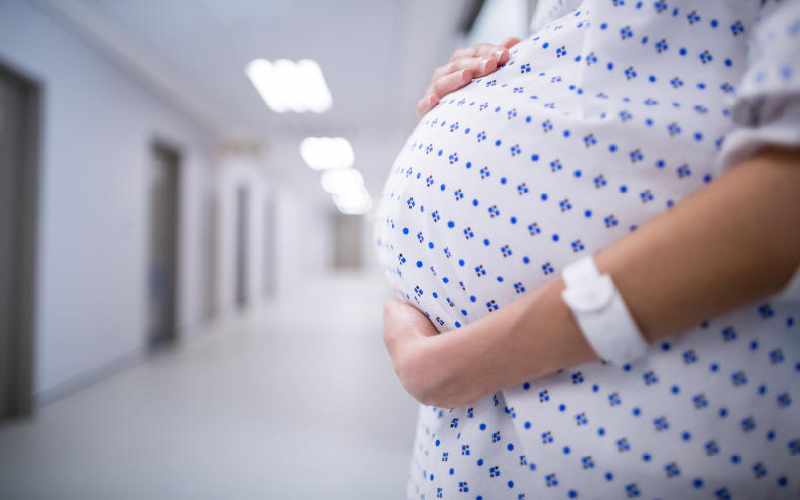×
The Standard e-Paper
Informed Minds Prefer The Standard

In a country where 39 babies die for every 1000 births, we can safely say that seeing your healthy bubbly toddler disturb your sleep on a slow Saturday morning is a miracle.